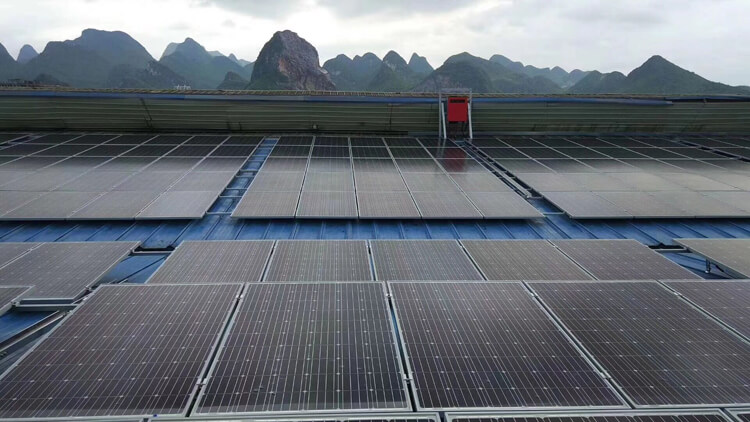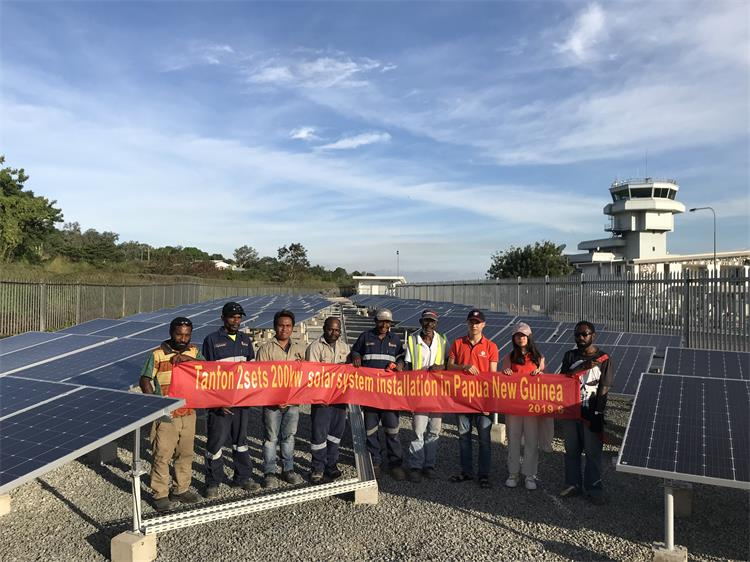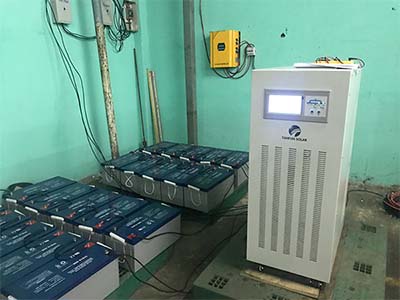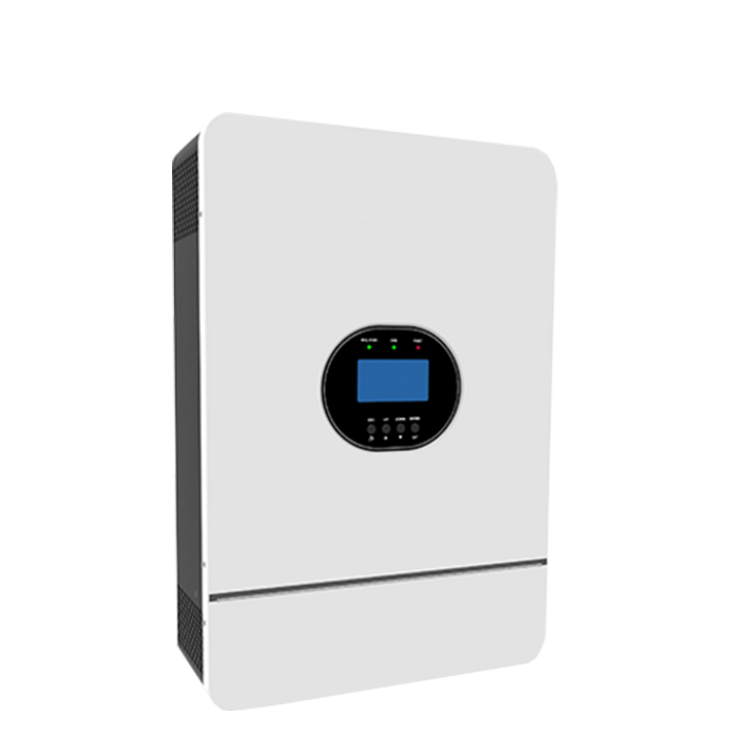 TANFON SOLAR
TANFON SOLAR
 May 08,2019
May 08,2019
Quite a few charge controls have a "PWM" mode. PWM stands for Pulse Width Modulation. PWM charge controller is often used as one method of float charging. Instead of a steady output from the controller, it sends out a series of short charging pulses to the battery - a very rapid "on-off" switch. The controller constantly checks the state of the battery to determine how fast to send pulses, and how long (wide) the pulses will be. In a fully charged battery with no load, it may just "tick" every few seconds and send a short pulse to the battery. In a discharged battery, the pulses would be very long and almost continuous, or the solar charge controller may go into "full on" mode. The controller checks the state of charge on the battery between pulses and adjusts itself each time.
The downside to PWM charge controller is that it can also create interference in radios and TV's due to the sharp pulses that it generates.

How does the pwm charge controller work?
Standard PWM charge controller(that is, all but the MPPT types), will often work with high voltage solar panels if the maximum input voltage of the charge controller is not exceeded. However, you will lose a lot of power - from 20 to 60% of what your solar panel is rated at. Charge controller takes the output of the solar panels and feed current to the battery until the battery is fully charged, usually around 13.6 to 14.4 volts .A solar panel can only put out so many amps, so while the voltage is reduced from say, 33 volts to 13.6 volts, the amps from the solar panel cannot go higher than the rated amps - so with a 175 watt solar panel rated at 23 volts/7.6 amps, you will only get 7.6 amps @ 12 volts or so into the battery. Ohms Law tells us that watts is volts * amps, so your 175 watt solar panel will only put about 90 watts into the battery.












